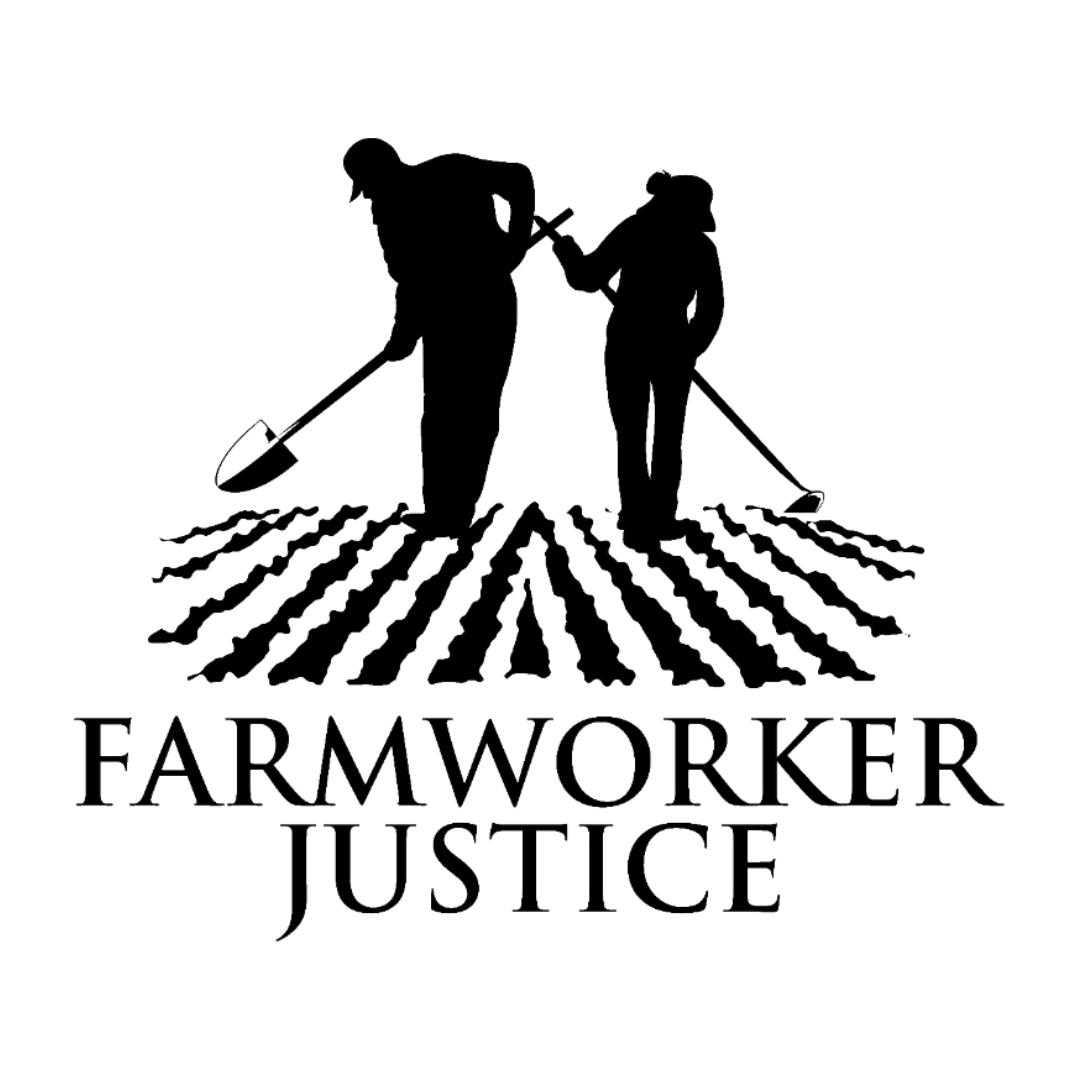Congressional Briefing 4/5 :International Labor Recruitment: Cross-Cutting Analysis of the H-1B, H-2A, and H-2B Programs
BRIEFING: International Labor Recruitment: Cross-Cutting Analysis of the H-1B, H-2A, and H-2B Programs
Each year over a million temporary workers enter the United States to work in a wide range of industries, from low-wage jobs in agriculture and landscaping, to higher-wage jobs in technology, nursing, and teaching. The U.S. work visa systems that bring these workers here are rife with abuses, including fraud, discrimination, retaliation, and economic coercion due to fees charged in the recruitment process.
Please join experts from the International Labor Recruitment Working Group, who will offer information and analysis of:
· Worker exploitation and other problems within specific temporary work visa programs: H-2A for agricultural workers, H-2B for other seasonal/temporary workers, and H-1B for professional workers;
· Current and potential legislative and executive actions that affect these programs; and
· How ensuring fair working conditions and access to justice for immigrant and migrant workers contributes to better working conditions for all workers.
WHEN/WHERE:
Wednesday, April 5, at 2:00 PM
Rayburn House Office Building, Room 2261
WHO:
Rachel Micah-Jones, Executive Director, Centro de los Derechos del Migrante, Inc. (moderator)
Meredith Stewart, Senior Staff Attorney, Southern Poverty Law Center
Adrienne DerVartanian, Director of Immigration & Labor Rights, Farmworker Justice
Shannon Lederer, Director of Immigration, AFL-CIO
Daniel Costa, Director of Immigration Law and Policy Research, Economic Policy Institute
BACKGROUND: Over a million internationally recruited workers enter the United States each year on an array of visas, such as A-3, B-1, F-1, G-5, H-1B, H-2A, H-2B, J-1, L, O-1, P-3, and TN visas, each with its own rules and requirements. While the laws and regulations for each visa vary widely, together the programs share a loose structure: workers are recruited in their home countries on behalf of U.S. employers, apply for visas at U.S. consulates, and then travel to the U.S. to perform a specific job for a designated period of time for a single employer. Regardless of visa category, employment sector, race, gender, or national origin, internationally recruited workers face common patterns of abuses.
BRIEFING: International Labor Recruitment: Cross-Cutting Analysis of the H-1B, H-2A, and H-2B Programs
Each year over a million temporary workers enter the United States to work in a wide range of industries, from low-wage jobs in agriculture and landscaping, to higher-wage jobs in technology, nursing, and teaching. The U.S. work visa systems that bring these workers here are rife with abuses, including fraud, discrimination, retaliation, and economic coercion due to fees charged in the recruitment process.
Please join experts from the International Labor Recruitment Working Group, who will offer information and analysis of:
· Worker exploitation and other problems within specific temporary work visa programs: H-2A for agricultural workers, H-2B for other seasonal/temporary workers, and H-1B for professional workers;
· Current and potential legislative and executive actions that affect these programs; and
· How ensuring fair working conditions and access to justice for immigrant and migrant workers contributes to better working conditions for all workers.
WHEN/WHERE:
Wednesday, April 5, at 2:00 PM
Rayburn House Office Building, Room 2261
WHO:
Rachel Micah-Jones, Executive Director, Centro de los Derechos del Migrante, Inc. (moderator)
Meredith Stewart, Senior Staff Attorney, Southern Poverty Law Center
Adrienne DerVartanian, Director of Immigration & Labor Rights, Farmworker Justice
Shannon Lederer, Director of Immigration, AFL-CIO
Daniel Costa, Director of Immigration Law and Policy Research, Economic Policy Institute
BACKGROUND: Over a million internationally recruited workers enter the United States each year on an array of visas, such as A-3, B-1, F-1, G-5, H-1B, H-2A, H-2B, J-1, L, O-1, P-3, and TN visas, each with its own rules and requirements. While the laws and regulations for each visa vary widely, together the programs share a loose structure: workers are recruited in their home countries on behalf of U.S. employers, apply for visas at U.S. consulates, and then travel to the U.S. to perform a specific job for a designated period of time for a single employer. Regardless of visa category, employment sector, race, gender, or national origin, internationally recruited workers face common patterns of abuses.
Categories
- Letters to the Editor and OpEds19
- Farmworker Justice Earned Media Reports0
- Farmworker Justice4
- 2023 Press Releases1
- 2022 Press Releases9
- 2021 Press Releases31
- 2020 Press Releases26
- 2019 Press Releases19
- 2018 Press Releases11
- 2017 Press Releases25
- 2016 Press Releases7
- 2015 Press Releases10
- 2014 Press Releases21
- 2013 Press Releases25
- 2012 Press Releases0

